About the Institue for Applied Research of AI in Education (AIED)

Vision
Established in the spring of 2023 under the Ministry of Education’s R&D Division, the Institute aims to solidify Israel’s position at the forefront of utilizing AI to enhance teaching, learning and educational assessment.
The R&D Division has a distinguished track record of introducing technology-enabled innovations that boost achievement, engagement and equality. The new Institute reflects the Ministry’s commitment to harnessing AI’s immense potential to catalyze a new era of excellence and equity in education, aiming for sustainable impact at scale.
5 Challenges
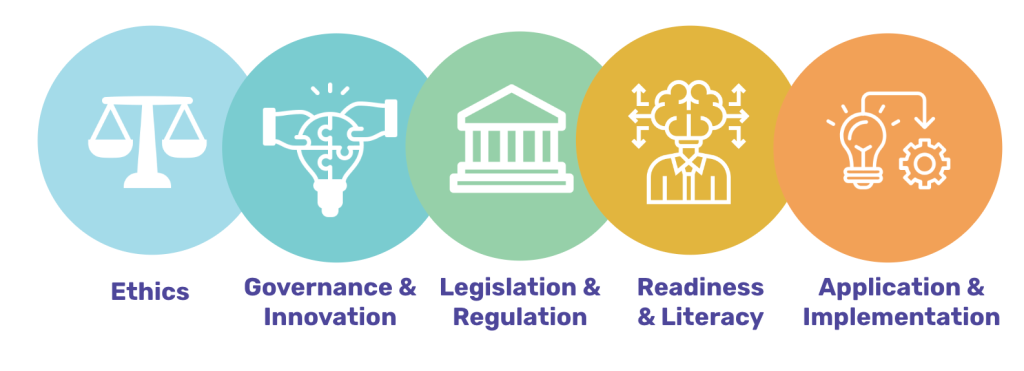
>> ETHICS
- What ethical guidelines should govern the use of AI in educational settings?
- This question delves into the establishment of ethical standards and protocols for utilizing AI in education, ensuring it aligns with values like fairness, privacy, and transparency.
- How can we ensure data privacy and security for students when using AI tools?
- This focuses on safeguarding students' personal and sensitive information while employing AI technologies, addressing concerns about data collection, storage, and usage.
- What measures can be taken to prevent biases in AI educational tools?
- This question investigates strategies to identify and mitigate biases in AI algorithms, ensuring they provide equitable and unbiased educational experiences for all students.
- How should educators handle the potential impact of AI on student autonomy and critical thinking?
- This examines the balance between leveraging AI for educational purposes and maintaining students' independent thought processes and decision-making capabilities, considering the influence of AI on these aspects.
>> GOVERNANCE & INNOVATION
- How can educational governance structures adapt to effectively manage AI implementation?
- This question delves into the modifications or developments needed in educational governance systems to efficiently oversee and facilitate the integration of AI technologies in education.
- What challenges do educators face in innovating curricula to include AI, and how can they be addressed?
- This focuses on identifying the specific hurdles educators encounter when updating or innovating curricula to incorporate AI, and exploring strategies to overcome these obstacles.
- How can policymakers balance innovation with ethical considerations in the application of AI in education?
- This question examines the role of policymakers in ensuring that the drive for innovation with AI in education does not compromise ethical standards and practices.
- What collaborative models between educational institutions and AI developers can promote responsible AI innovation?
- This explores the potential partnership frameworks between educational bodies and AI technology developers that can foster responsible and beneficial AI innovation in the educational sector.
>> LIGISTLATIONS & REGULATION
- What regulatory frameworks are necessary for integrating AI into the national education system?
- This question investigates the types of laws and guidelines needed to effectively and safely incorporate AI technologies into the country's educational landscape.
- How can the government ensure equitable access to AI resources in all educational institutions?
- This focuses on strategies for the government to guarantee that AI educational tools are accessible and beneficial to all schools and students, regardless of their socioeconomic background.
- What are the roles and responsibilities of educational authorities in overseeing AI usage in schools?
- This question explores the specific duties and oversight responsibilities that educational authorities should have in managing the use of AI in schools, ensuring its proper and ethical application.
- How can national education policies evolve to address the rapid advancement of AI technology?
- This examines how education policies at the national level can adapt and evolve in response to the fast-paced development of AI technologies, ensuring they remain relevant and effective in a changing technological landscape.
>> READINESS & LITERACY
- What foundational skills do children need to effectively use AI applications?
- This question explores the basic knowledge or competencies, such as digital literacy or critical thinking, necessary for children to engage with AI tools successfully.
- How can we assess a child's readiness to interact with AI technologies?
- This focuses on developing criteria or methods to evaluate whether a child is prepared to use AI applications, considering factors like age, cognitive development, and previous exposure to technology.
- What educational strategies can be implemented to improve AI literacy among children?
- This question seeks to identify teaching methods or curricular changes that can enhance children's understanding and responsible use of AI, including privacy and ethical considerations.
- How does the integration of AI in education impact children's learning styles and outcomes?
- This examines the effects of AI tools on children's learning processes and outcomes, questioning how these technologies cater to different learning styles and the extent to which they enhance or hinder educational achievements.
>> APPLICATION & IMPLEMENTATION
- What are the key factors that determine the success of AI applications in educational settings?
- This question seeks to identify the critical elements or conditions necessary for AI tools to be effectively and successfully integrated into educational environments.
- How can educators be trained to efficiently use AI technologies in their teaching methodologies?
- This focuses on strategies and programs for training educators to competently and effectively incorporate AI tools into their teaching practices.
- What metrics or indicators should be used to evaluate the effectiveness of AI applications in education?
- This question explores the appropriate measures or criteria for assessing the impact and success of AI technologies in enhancing learning outcomes and educational processes.
- How can AI be tailored to suit diverse educational needs and learning environments?
- This examines the approaches to customize AI tools to accommodate the varying requirements of different educational settings and diverse learner groups.
4 streams of activity
The Institute pursues its mission through four integrated programs:
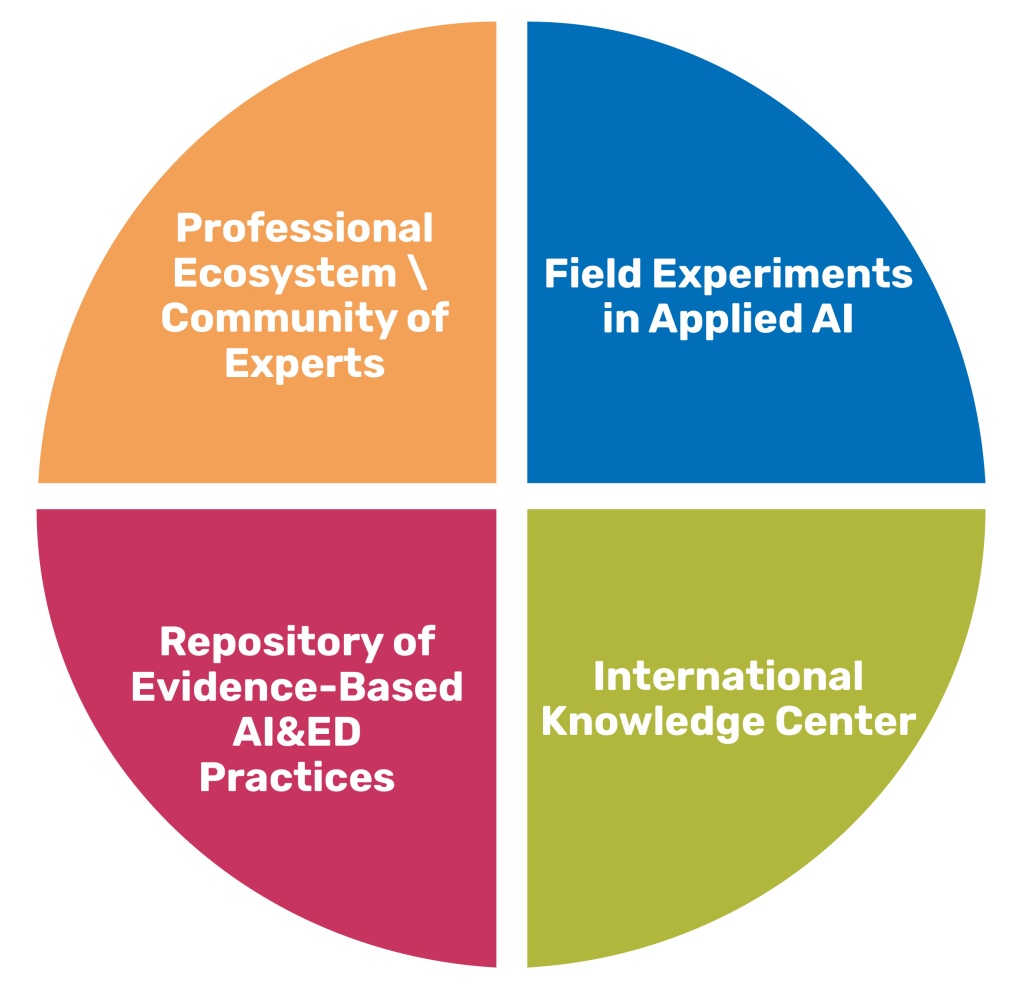
9 Field experiments in applied AI
Our field experiments run in partnership with schools, utilizing a design research approach to create actionable knowledge that can be subsequently generalized at scale.
Early experiments span critical challenges whereby AI-enabled innovation can transform classrooms. These include:
Personalized Math
AI Applications that enhance personalized learning in digital course-supported mathematics instruction.
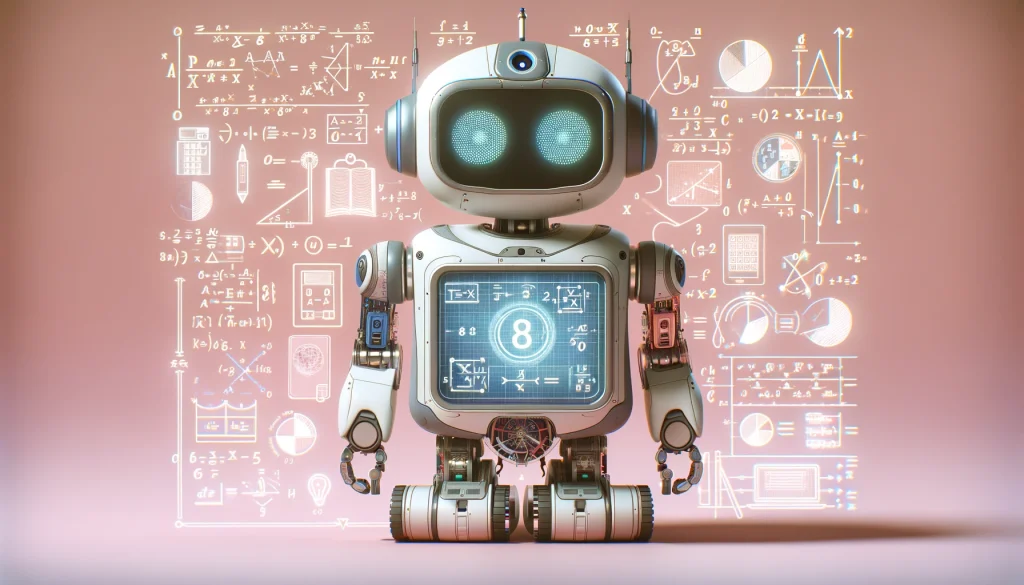
>> Read more about this experiment
Objectives
The experiment "Personalization in Mathematics Teaching" develops a theoretical and practical model, along with a series of practices to enhance personalization in digital courses, with the help of artificial intelligence.
Scope
We are targeting two modes of learning and teaching:
- Independent learning of students
- Classroom learning, in the approach of "the teacher in his/her classroom"
Experiment partners
The experiment involves students and mathematics teachers in 23 middle and high schools and is led by a combined team of researchers, instructors, and education leaders from the Institute for Applied Research of Artificial Intelligence in Education and the Pedagogical Secretariat of the Ministry of Education.
Spoken English
Increase personalized, targeted practice and feedback for oral production tasks in preparation for the computerized matriculation exam.
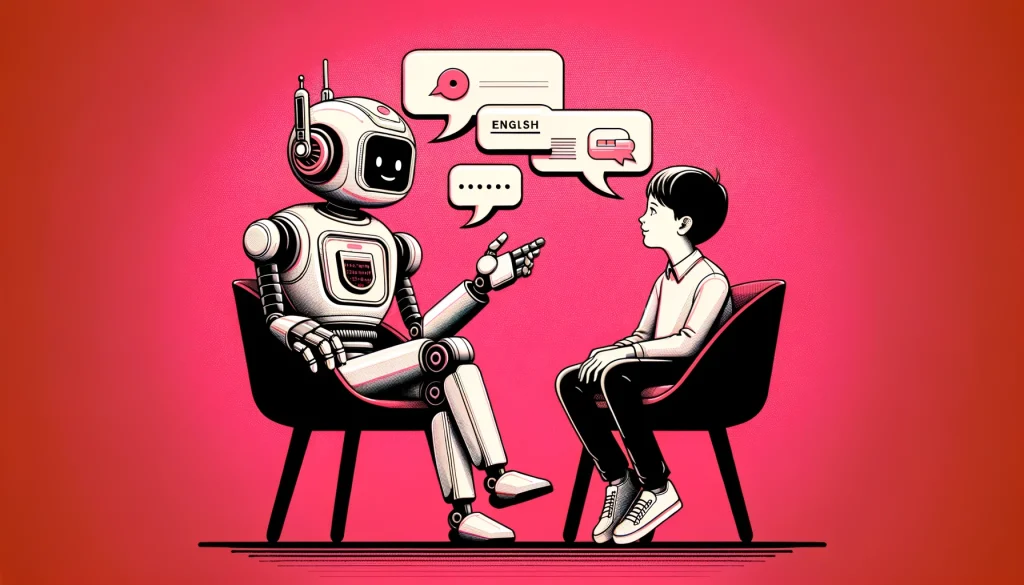
>> Read more about this experiment
The experiment….
Final Research Work
Development and validation of best practices for the optimal use of generative artificial intelligence to assist in the preparation of final projects. Formulation of a policy for all stakeholders (students, coordinators, academic supervisors, supervisors, evaluators)
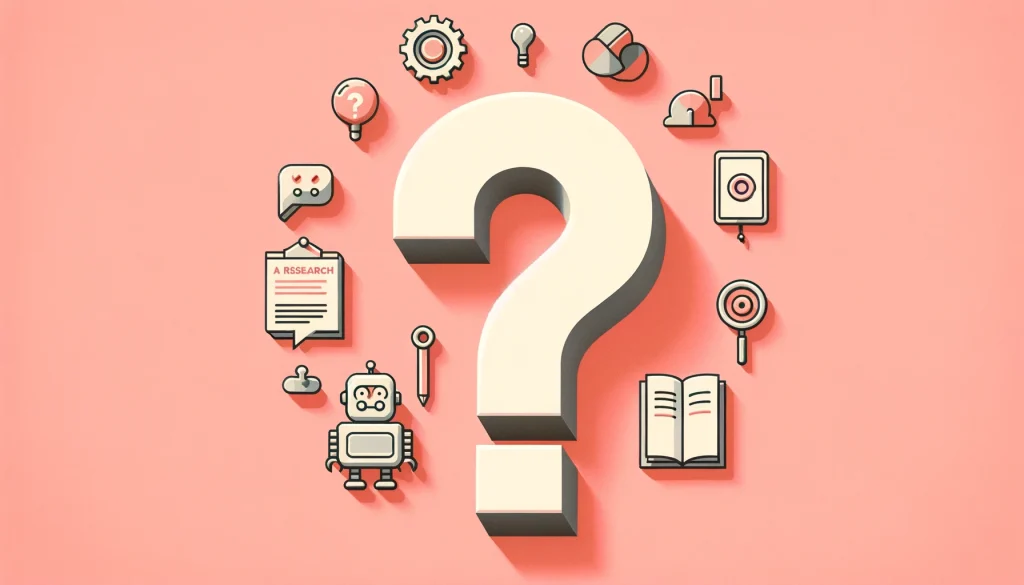
Read more about this experiment
The experiment….
Youth Health
How can AI applications in the educational space contribute to health promotion (sleep, nutrition, physical activity) among adolescents?

>> Read more about this experiment
Experiment partners
Ten schools are participating in the experiment and are engaged for the effort to develop a program that will promote healthy habits among adolescents.
The big question:
How can AI applications in the educational space contribute to health promotion (sleep, nutrition, physical activity) among adolescents?
Practical questions:
- How can AI applications contribute to health promotion (sleep, nutrition, physical activity) among adolescents?
- How can we promote motivation and social support for health promotion through AI applications?
- How can we promote health knowledge through AI applications?
- How can we promote monitoring and reminders of health-related behaviors through AI applications?
- How can we teach health-promoting skills through AI applications?
Deliverables
Smart Agent:
A bot with Health Promotion Practices, for teachers and students
Operating Manual
-
- Operating Concept and Principles for Implementing the Intervention Program. For Use by the School Principal, Health Coordinator, and Teacher
- Practical Chapter on the Methods and Principles of Using the Bot. Intended for the teacher
- Description of Health-Promoting Activities with Artificial Intelligence Assistance in the Classroom. Intended for the Teacher
Teachers' Time Savers
Identification and development of pedagogical tools integrated with Generative Artificial Intelligence, to enhance teacher efficiency in dealing with 5 challenges they defined as "heavy time-consuming"
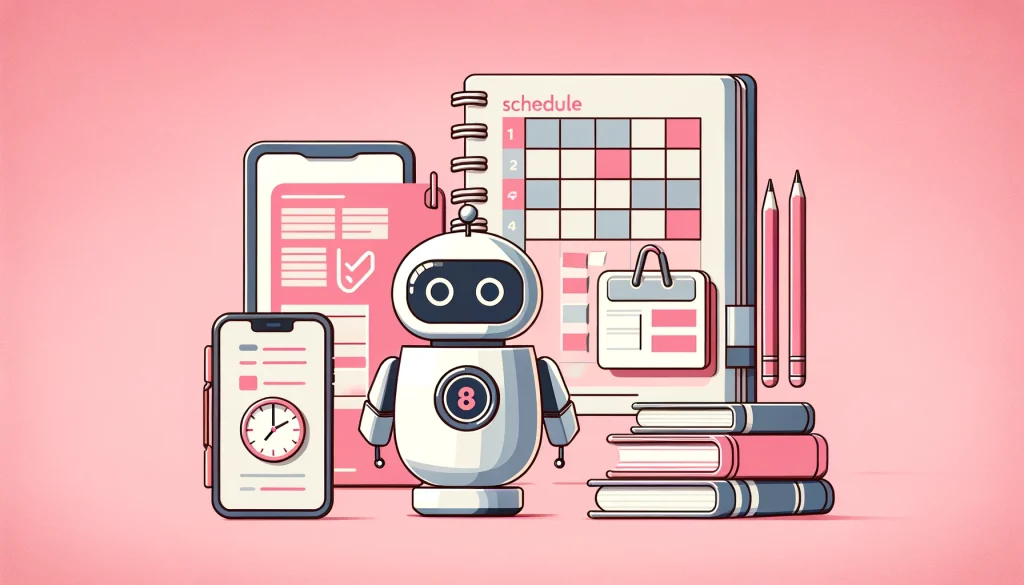
>> Read more about this experiment
Heavy Time Consuming Activities
The teachers participating in the experiment identified 5 activities that are major time sinks:
- Differentiated lesson planning
- Effective use of time in the classroom
- Pedagogical monitoring and assessment methods
- Adapting teaching, learning, and assessment methods to special populations
- Communication with parents
Deliverables
Implementation Toolkit that includes:
- Description of the intervention
- Required resources
- Instructions for use
- Illustrative examples for teachers
- Implementation recommendations for the Ministry's management to expand the use of AI generators to increase pedagogical effectiveness and efficiency.
Set of best practices for performing tasks, facing five challenges defined by the partners as "time-consuming."
A framework for professional development, aimed at empowering the teacher and upgrading professional skills, based on the insights of the experiment.
Exams in Humanities
How can AI applications in the educational space contribute to health promotion (sleep, nutrition, physical activity) among adolescents?

>> Read more about this experiment
The experiment….
AI Competencies
what competencies do students and teachers need in an AI-rich environment?

>> Read more about this experiment
The experiment….
AI @ Data and Information Studies
How to AI enhance the curriculum and pedagogy of Data and Information major?
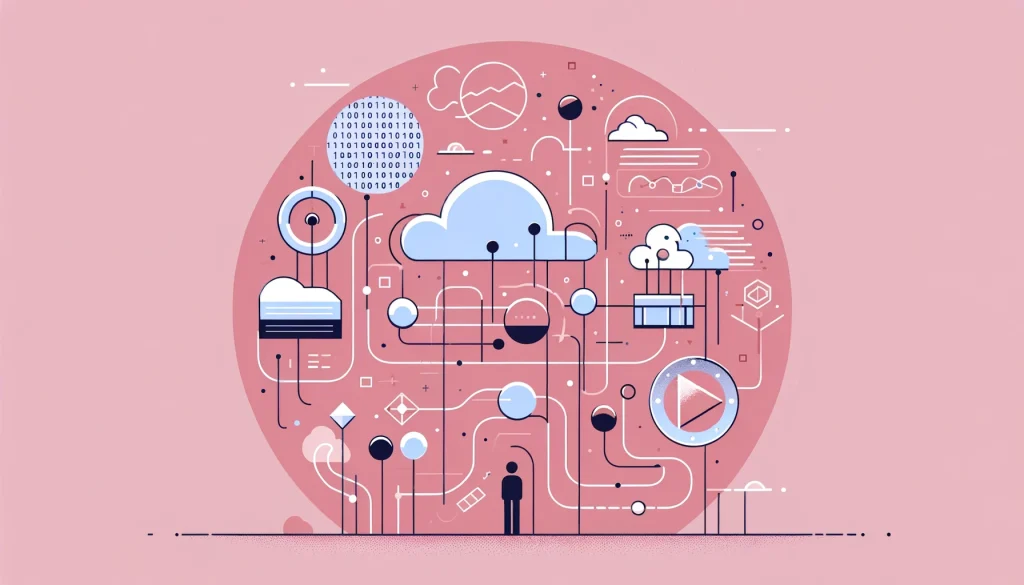
>> Read more about this experiment
The experiment….
Wellbeing at emergency time
Promoting the wellbeing of educational staff in emergency and crisis situations

>> Read more about this experiment
Key activities:
Creating a response that provides educational staff with a foundation of security and control, reduces anxiety, and prevents long-term post-traumatic symptoms
Developing the ability of school management to identify teaching staff in distress, tailor interventions to them, and monitor the outcomes of the intervention.
Deliverables
AI practice and application for preventive technological intervention to reduce anxiety and trauma symptoms following national or local crisis events. The app will be adapted for use by educational teams.
Methodology – Design Based Research
In an educational setting, design-based research is a research approach that engages in iterative designs to develop knowledge that improves educational practices. The experimentation process of all 9 experiments of AIED Institute is guided by this methodology.
Generally, every experiment consists of 3 iterations, with each iteration spanning 4-6 weeks. In each experiment, 50-120 teachers and other staff members, drawn from a group of around 8-12 participating schools are fully engaged and take active part in problem identification, solutions' development and prototypes' testing.
Our Design-Based Research methodology is shown in the following figure:

>> Read more
The Design Research approach draws knowledge and methods from both natural and social sciences, yet is distinct from both.
The approach is Change Oriented:
- Guided by a clear and explicit value position
- Focused on complex problems in an authentic environment
- Recognizes the researcher's involvement in the research arena, and the partnership with other actors in the research arena
- Driven by and committed to theory and practice simultaneously
30+ Educational AI Practices

An Educational Practice is a pattern of action in response to a defined need and context.
The Institute's team, together with its partners in the education ecosystem in Israel, curate a growing body of documented practices and make them available to teachers. Each practice focuses on a specific area of application and integration of AI and Education.
Waves of practices
So far, we have collected, developed, and made accessible more then 30 practices, and each month we add additional practices. The practices are developed in 'waves,' each wave focused on a specific use of artificial intelligence in education.
Click on the wave title to learn about few of the practices included in it.
>> FIRST WAVE: general purpose practices
How can artificial intelligence empower, rather than replace, human intelligence?
To promote higher-level thinking among students, avoiding a situation where the use of artificial intelligence replaces the thinking functions of students who utilize it.
Creating images with the help of artificial intelligence
Developing students' literacy in the general use of artificial intelligence, and specifically in creating images with the help of artificial intelligence, while harnessing artificial intelligence to assist in preparing individual or group projects.
Creative thinking and brainstorming with the help of artificial intelligence
Artificial intelligence as a catalyst for creative thinking, step by step.
And 3 additional practices
>> SECOND WAVE:Writing research papers with the assistance of AI
Selecting a topic and formulating a research question for a paper.
Establishing the ability to choose a relevant topic and precise research question suitable for an individual or group research project, with the assistance of artificial intelligence tools.
Writing a research paper outline with the assistance of AI
Developing planning skills using artificial intelligence tools, as part of the process of writing an individual or group research paper.
Information gathering – distinguishing between fact, opinion, falsehood, bias, and distortion
Developing students' skills to critically engage with content generated by creative artificial intelligence.
And 3 additional practices
>> THIRD WAVE:Use of artificial intelligence during a period of emergency
>> FOURTH WAVE: Student assessment with the assistance of AI
40+ Members in Community of Experts
The AIEd Community of Experts is an international network of researchers, developers and policymakers, providing strategic expertise and knowledge-sharing from their cutting-edge work in a variety of fields.
Community members come from a variety of academic, research and educational organizations, as well as NPOs and the private EdTech sectors from around the world.
Knowledge Center
Our Knowledge Center is a dynamic repository that collects, evaluates, curates and disseminates the current best practices and emerging trends of AI and Education, synthesizing policy- and practice-oriented insights to support leaders and decision-makers throughout the education ecosystem.
14 Team Members
להחליט האם לכלול. אם כן – להשלים את אנשי הצוות, לכל אחד לפרט לפחות את שם הפרוייקט/ים שלו/ה.
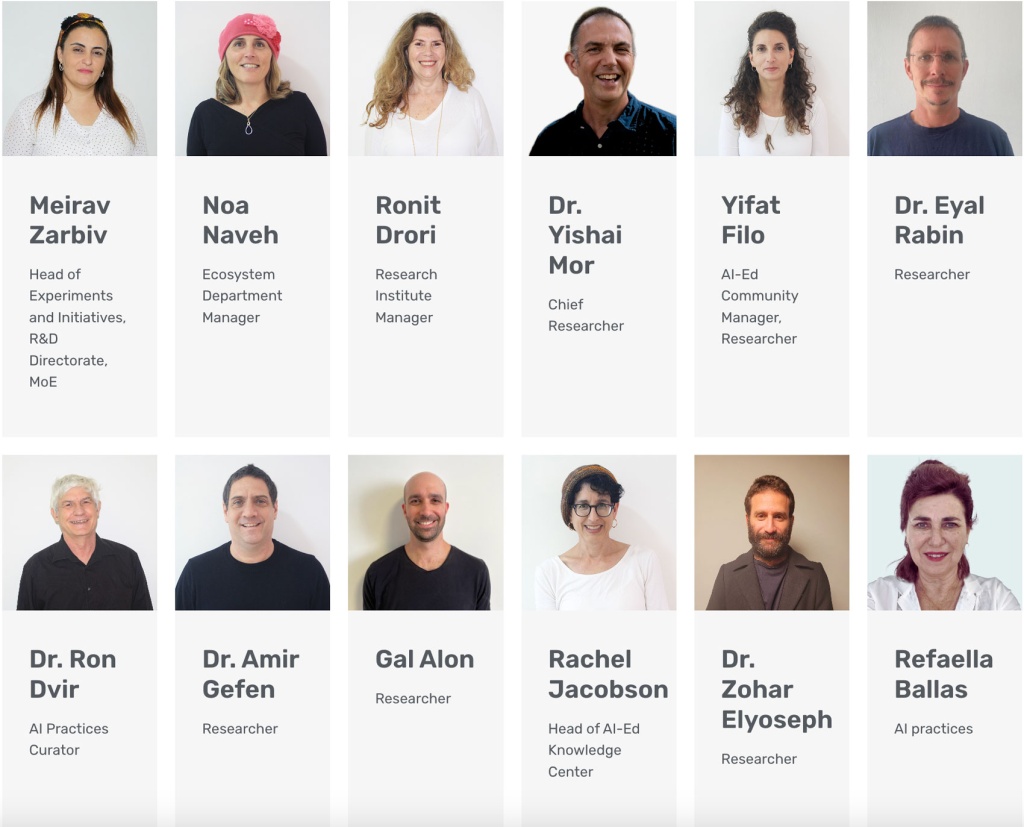
Partnerships
The Institute welcomes partnerships with developers, researchers and entrepreneurs, both in Israel and globally. Through collaborations that link scientific rigor with educational realities, the Institute aims to sustainably scale the benefits of AI across all facets of teaching and learning.
Partners in the Ministry of Education
Pedagogical Administration, Pedagogical Secretariat, Elementary Education Division, Secondary Education Division, Languages Department, Health Department, Teaching Staff Administration, Educational Technology and Communication Division, National Authorirty for Examinations and Assessment (RAMA), Office of the Chief Scientist
Partners from other organizations
Ministry of Health, Campus IL, Ministry of Innovation and Technology, the International Professional Community of AI in Education.

